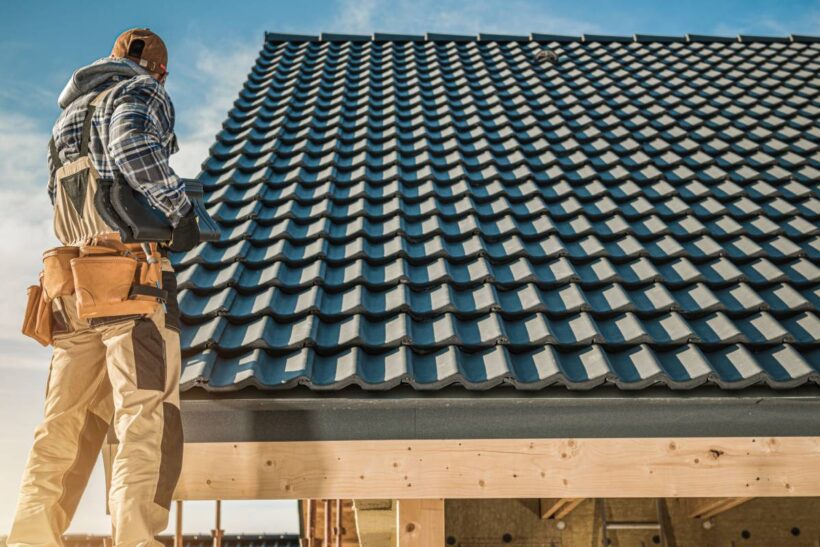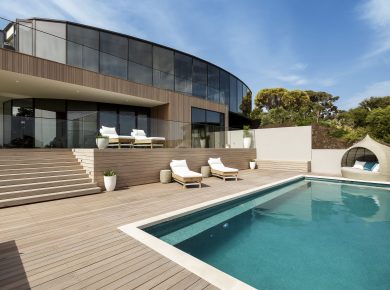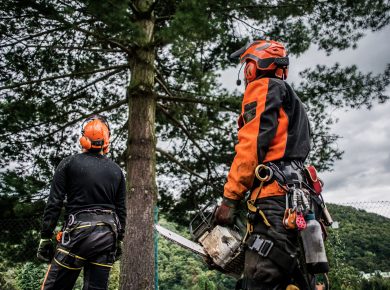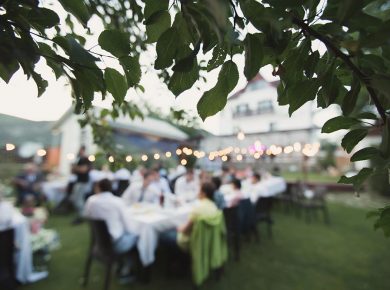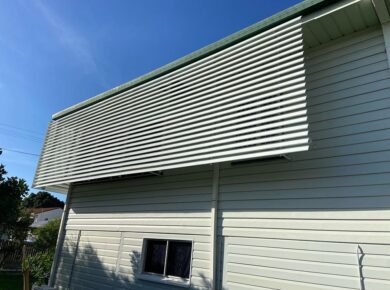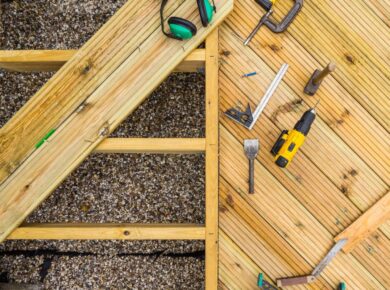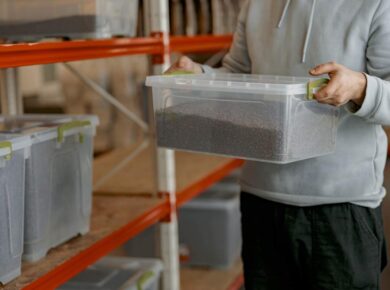Choosing the right roofing material for your home or building is a significant decision that can have long-term implications for durability, maintenance, and energy efficiency. Among the various options available, metal roofing has emerged as a popular choice for its exceptional qualities.
In this article, we will explore the benefits of metal roofs, their suitability for different environments and building types, and considerations to help you determine if a metal roof is the right choice for your needs.
What is metal roof?
A metal roof is a roofing system made from metal pieces or tiles characterized by its durability, longevity, and resistance to various weather conditions. Metal roofs can be made from a variety of materials, including steel, aluminium, zinc, and copper. They are popular for both residential and commercial buildings due to their fire resistance, low maintenance requirements, and ability to shed snow and rain efficiently.
Additionally, metal roofs can be environmentally friendly, as they are often made from recycled materials and can be recycled again at the end of their lifespan.
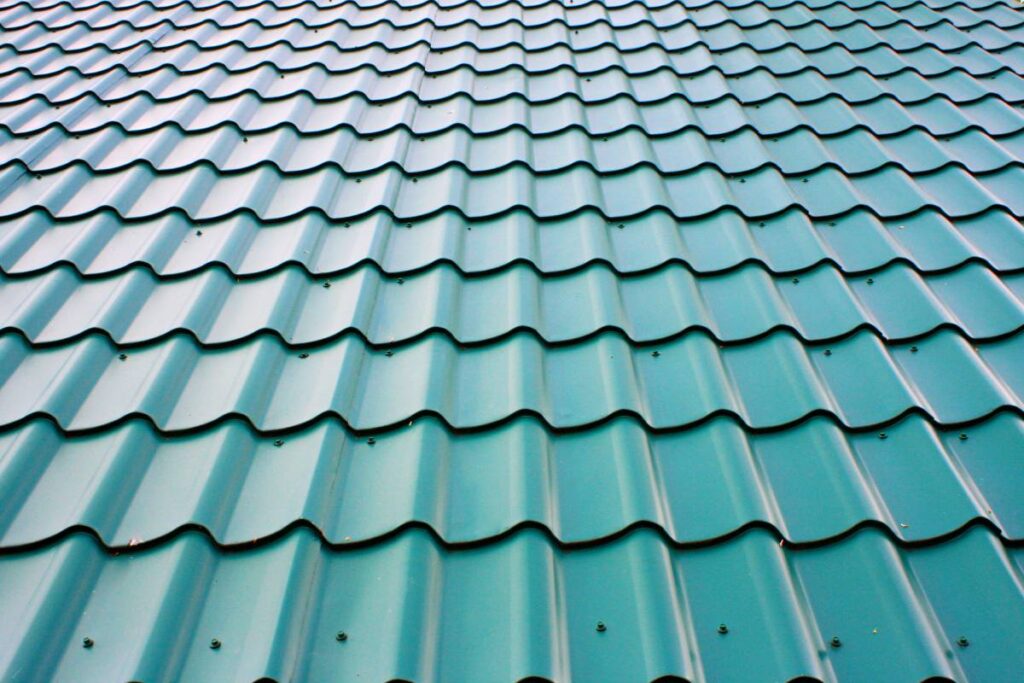
How long do metal roofs last?
Metal roofs typically last between 40 to 70 years, and some, like copper roofing, can endure for over a century. Various factors can influence how long your roof lasts.
Compared to asphalt shingles, which last around 15 to 30 years, metal roofs have a significantly longer lifespan. They’re designed to withstand environmental pressures, unlike shingles that can warp and buckle. Metal’s durability and modern look make it a popular choice for new roofs or replacements.
Factors affecting metal roofing lifespan include:
- Weather Conditions: Metal roofs generally handle all types of weather well, but extreme conditions like heavy snowfall or high-speed winds can wear them down over time. Choosing the right metal panel suited to your area’s climate is crucial.
- Maintenance: Metal roofs are low-maintenance, typically requiring only a visual inspection once or twice a year. Clearing gutters, removing debris, and basic upkeep can help extend its lifespan.
- Proper Installation: Proper installation is essential for maximizing a roof’s longevity. Faulty installation can lead to leaks and cracks, shortening the roof’s lifespan. Hiring a professional or ensuring correct DIY installation is key.
What makes metal roofing last?
The enduring lifespan of metal roofs doesn’t happen by chance. Several key qualities contribute to their impressive durability:
- Durability: Metal roofs excel in toughness and resilience, which are vital for long-term performance. With high ratings for wind uplift, heavy rainfall, snowfall, and impact resistance, metal roofs are engineered to withstand even the harshest conditions.
- Pest Resistance: Unlike materials like wood shingles that can attract pests, metal panels actively deter them. This resistance helps maintain the roof’s integrity over time.
- Robust Components: Metal roofs comprise a comprehensive system of tough, high-performance components, not just metal sheets. Modern roofing systems feature advanced clip systems, fasteners, and accessories designed with cutting-edge technologies to maximize durability.
In summary, metal roofing offers a worry-free solution for decades to come. While there are numerous benefits to metal roofing, its longevity stands out as one of its greatest advantages.
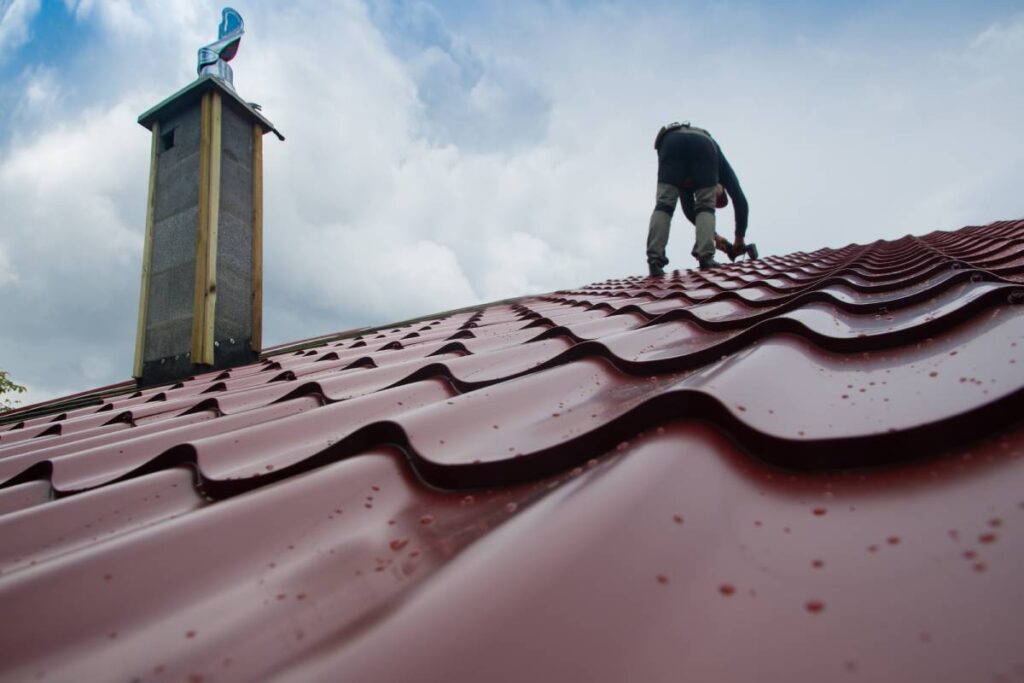
How much does it cost to put on metal roof in Australia?
Metal roofing, which includes treated zinc-aluminium (also well-known by the name Colorbond) and untreated zinc-aluminium, offers flexibility and durability with a minimum warranty of 25 years.
Compared to tiles, metal roofing is more cost-effective to install and easier to maintain. While prices for supply and installation can vary, you can generally expect to pay between $50 to $70 per square meter for high-quality metal roofing.
Colorbond, a popular choice in Australia, is known for its affordability. Here’s a rough estimate of the cost of replacing a roof with Colorbond:
- Concrete tiles: $20,000
- Asbestos cement roof: $15,000 – $20,000
- Metal roof: $6,000 – $10,000
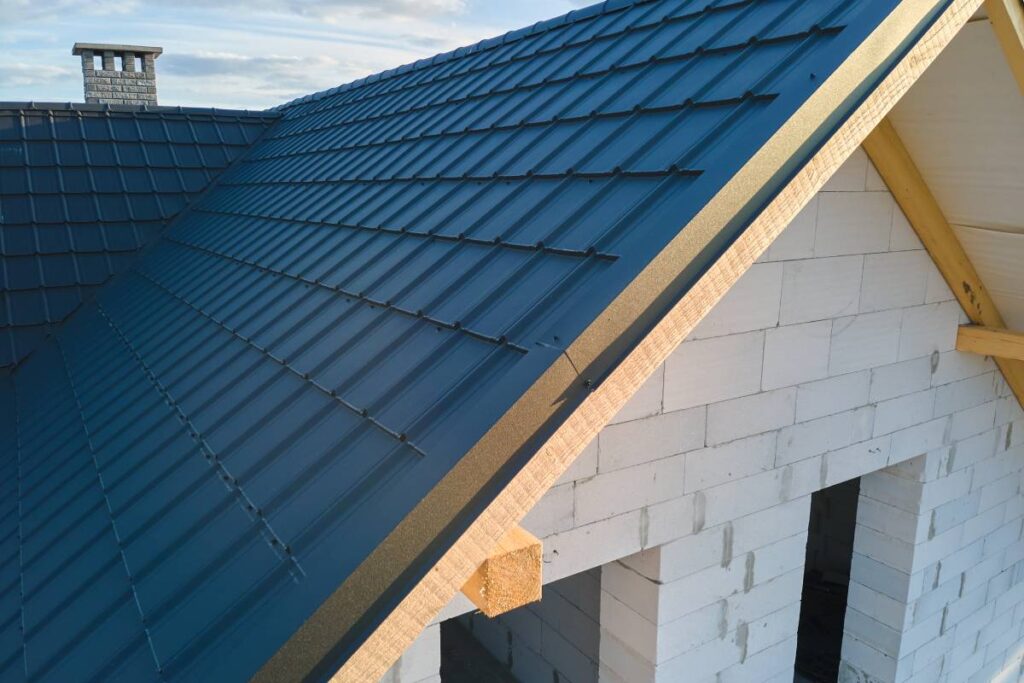
Is it worth it to put on a metal roof?
Metal roofs are versatile and can be suitable for various types of buildings and environments. Here are some scenarios where metal roofs are often considered the best option:
- Residential Homes: Metal roofs are popular choices for residential homes, both with flat roofs and pitched roofs, due to their durability, longevity, and low maintenance requirements. They can provide excellent protection against the elements and enhance the aesthetic appeal of the home.
- Commercial Buildings: Metal roofs are commonly used on commercial buildings such as warehouses, factories, and retail stores due to their ability to cover large areas efficiently and withstand heavy use.
- Coastal Areas: Metal roofs are well-suited for coastal areas prone to high winds, salt spray, and corrosion. They are resistant to moisture, mould, and mildew, making them ideal for seaside properties.
- Areas with Extreme Weather: Metal roofs perform well in regions with extreme weather conditions, including heavy snowfall, hailstorms, and wildfires. They are fire-resistant and can shed snow and ice easily, reducing the risk of structural damage.
- Green Building Practices: Metal roofs are often chosen for green building projects due to their energy efficiency and recyclability. They can be coated with reflective materials to reduce heat absorption, lowering cooling costs in hot climates.
- Historic Buildings: Metal roofs can be suitable for historic buildings undergoing restoration or renovation. They offer a blend of traditional aesthetics with modern performance and can be customized to match the original design.
- Long-Term Investment Properties: For property owners looking for a long-term roofing solution that requires minimal maintenance and offers excellent durability, a metal roof can be a wise investment.
Overall, metal roofs are versatile and can be a suitable choice for many different types of buildings and environments, particularly where durability, longevity, and energy efficiency are important considerations.
In conclusion
The decision to install a metal roof involves weighing several factors, including longevity, durability, energy efficiency, building maintenance, and upfront costs. Metal roofs offer numerous advantages, making them a preferred option for residential homes, commercial buildings, coastal areas, regions with extreme weather, and green building projects.
While initial investments may be higher compared to other roofing materials, the long-term benefits of a metal roof, including reduced maintenance and energy savings, often make it a worthwhile investment.
Ultimately, whether a metal roof is the best choice for your property depends on your priorities, budget, and long-term goals. By carefully considering these factors and consulting with roofing professionals, you can make an informed decision that ensures lasting protection and satisfaction for years to come.
